Puppetry A Trending Career Option
Exclusive Insights
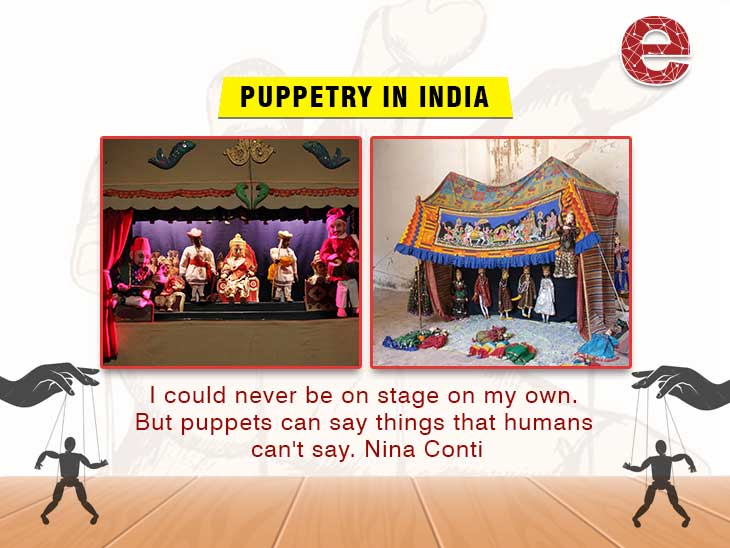
In ancient times of human existence, when language words were still being introduced, puppetry emerged as a vibrant mosaic of emotions and expressions. Years before words became jewels of human conversation, puppetry was a silvery, quiet ballet narrating tales of joy and sorrow. In a world where words were fleeting, puppets spoke instead for the mute people and wrote stories with pictures for those who hadn’t learned any language yet.
In former days, puppets once had a fluency of an unimaginable dimension that spoke great things regarding all the aspirations and even the spirit of generations unborn. Yet even as this world changes and language can now flow from our mind without restraint, the magic inherent in puppetry remains constant, a talisman unalterable, imbuing us with never-fading evidence of shared humanity, one’s nature, character, or beliefs. Puppetry has great significance, but beyond that, it also offers a pathway to a vibrant career brimming with opportunities and creativity.
What is Puppetry?
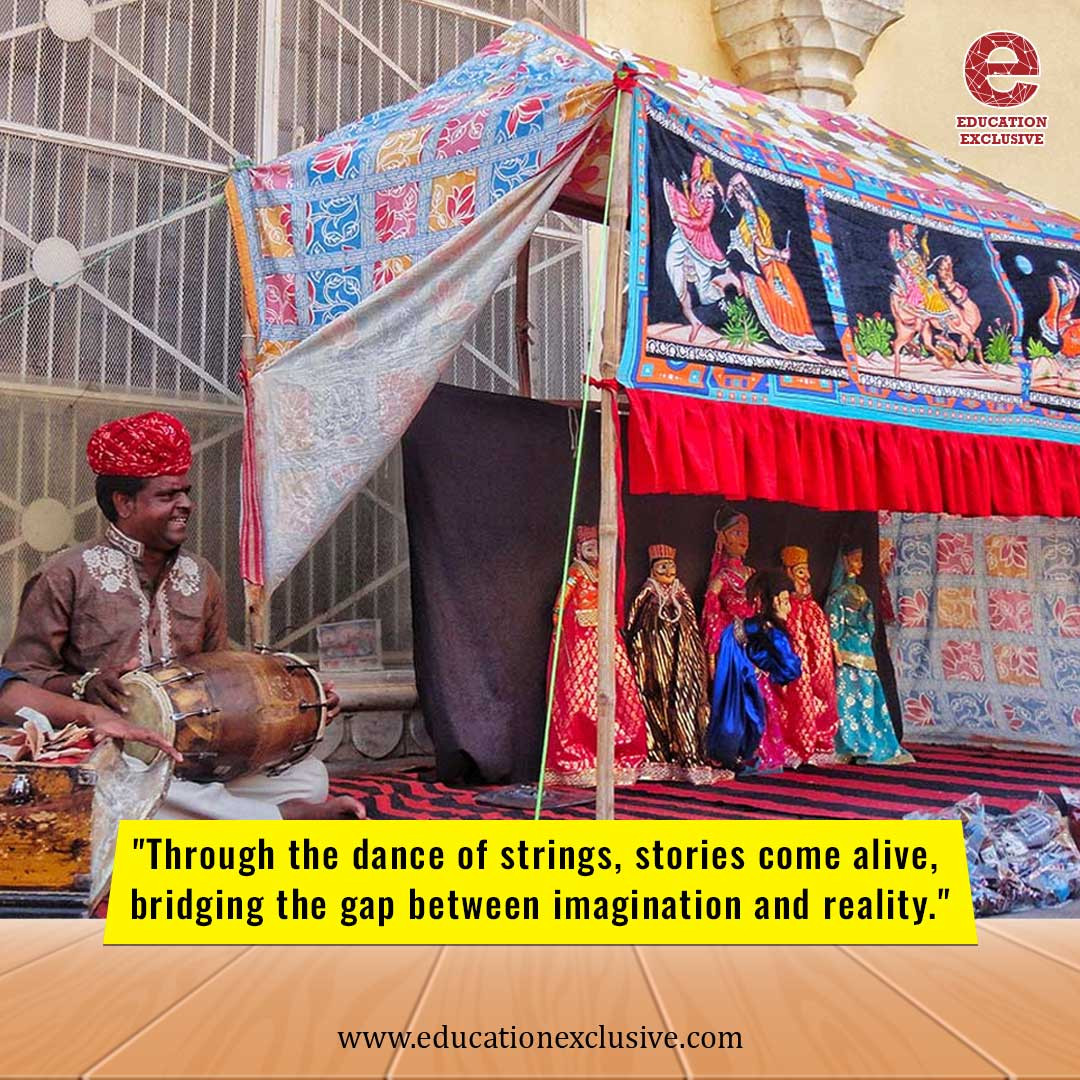
Puppetry is a form of art that brings inanimate objects, such as dolls or marionettes, to life using strings, rods, or hands to communicate stories and express feelings. It is an amalgamation of skillfulness, inventiveness, and dramatics, where puppets become the containers through which narratives unfold.
Historically, puppetry has been a creative tool in performing various themes, such as folklore stories, religious narratives and satirical satires. Puppets are often considered children's theatre.
Puppetry has a rich history in India. A wide variety of regional styles, like the Kathputli puppet show of Rajasthan, Bommalattam puppets of Tamil Nadu, and Gombeyatta from Karnataka, reveal the rich diversity of this country's cultural heritage.
Regional Variations and Cultural Flourishes
Over the centuries, Puppetry has gained and developed in various regional and cultural styles, bearing the enduring imprint of its specific culture. In the arid landscapes of Rajasthan, Kathputli bursts into the symphony of ballads and legends, while Bommalattam evokes divine tales and heroic lore among the lush valleys of Tamil Nadu. Indian puppetry, such as the Karnataka shadow play or West Bengal glove puppets, embraces diversity that mirrors India's tapestry of rich traditions.
Burmish Puppetry: A Tapestry of Tradition
.jpg)
Puppetry presently lives its life of opulence in India, where the Burmish tradition has grown, which is an expression of literary current flora between India and Southeast Asian neighbours. Originating from Myanmar (which was called Burma earlier), characterised by exquisitely carved puppets adorned with vibrant costumes and delicate embellishments, the performances in Burmish took the audience to another world filled with mystical beings that are full of life and grace in an ethereal synthesis.
Embarking on a Puppetry Career in India
.jpg)
India is a paradise for those mesmerised by the magic of puppets, in the sense that there are multiple paths to follow this traditional art form as a career. The dream could be to become a puppeteer, puppet maker, puppet designer, or puppeteer and teach other people puppetry. Hence, the first step is to feel passionate and dedicated.
Acquiring skills is possible by using the expertise of reputable schools that facilitate puppetry as the major subject.
"In puppetry, every movement tells a story."
India is home to multiple well-known puppetry schools that offer comprehensive teaching, which produces students well-equipped with the required knowledge and skills to perform at the highest level in this unique profession.
Puppetry Schools in India
.jpg)
Come, Let’s delve into the monarchy of puppetry schools and training programs in India, where you will be able to master the art of expression, which is ancient and magical.
National School of Drama (NSD), New Delhi:
Enter the world of theatrical puppetry at the esteemed National School of Drama, where the art of puppetry intertwines with the dramatic stage.
Kathputli Colony, Rajasthan:
The zeal of this colony in Jaipur makes it a reference point for Puppetry maniacs. It gives the opportunity to informal training and apprenticeship under a patron professional puppeteer, providing on-the-job training and total immersion into the culture.
Puppet Studio, Kolkata:
This studio focuses on preserving and encouraging Indian traditional arts. Puppet Studio in Kolkota provides specialised programs in puppetry, blending traditional techniques with contemporary practices.
Mumbai university
Here at Mumbai University, you can learn from master puppeteers who have spent their lives conserving and evolving these old art traditions. At this respected institute, you may unleash your creativity, learn puppet manufacturing techniques, and explore the realm of narrative through puppetry.
Eligibility and Pathways to Becoming a Puppeteer
Whilst there are no fixed eligibility conditions for entering puppetry, a great interest in the arts and being committed enough to learn more and give your all to that artistic path would be the starting point of becoming successful in puppetry. Some hopeful puppeteers start from the fundamentals upon the completion of multiple workshops, participation in groups of puppets, and trying their skills online.
"Puppetry is not just about controlling strings; it's about giving life to imagination."
Scope and Job Opportunities in Puppetry
The scope of puppetry in India extends far beyond traditional performances at festivals and cultural events. With the rise of digital media and interdisciplinary collaborations, puppetry has found new avenues for expression, ranging from television and film to advertising and education.
Puppeteers today are not just performers but innovators, pushing the boundaries of the art form through experimentation with materials, technology, and storytelling techniques.
For people interested in puppetry, the opportunities range from designing and creating puppets to performing and directing shows. Here are some of the most prevalent employment prospects for puppeteers:
Puppeteers: Puppeteers are the actors who bring puppets to life on stage or screen. They control the puppets, give them voices and movements, and develop the figures' personalities and emotions.
Puppetry technicians: Puppetry technicians are in charge of keeping puppets in good working order and repairing them. They could work for theatre companies, television studios, or other organisations that use puppets in their projects.
Puppet designer and builder: Puppet designers and builders create the puppets that will be utilised in a show. They produce the puppets' bodies and heads from a range of materials such as foam, wood, cloth, and latex, and they may also design and make the puppets' costumes and accessories.
Director/Choreographer: Directors and choreographers are in charge of defining the overall vision of a successful concept and creating such areas of attention as blocking, choreography, lighting, and sound design. They cooperate with other teammates to execute and deliver a captivating and synchronised performance.
Puppetry Educator: Puppetry instructors teach students of all ages, from kids as young as 6 years up to the ones who have just left the University, puppetry skills and techniques. They may perform in schools, community centres or theatres, and they might be engaged in giving workshops or lessons. Human social and cultural world is full of surprising and mind-boggling phenomena, and it is only through methods of observation and experimentation that we can understand the complexities of this planet.
Puppetry historians: Puppeteers raise historical issues and fill in puppetry’s cultural spaces. They often find their place in museums, universities, or other research places, make puppet books and articles, and involve themselves in delivering lectures and presentations.
Puppet Animators: Puppet animators sculpt the puppets for animated movies and animations. This is achieved through stop-motion animation that moves all individually manipulated puppets.
Puppetry Consultants: These experts provide creators, directors and others with puppeteering techniques and performance advice, including their ways of working with puppets.
Puppet Business Owner: Certain puppeteers can be inspired to establish their own businesses by making crafts, performing shows, and giving practical workshops. Making a living through puppetry is tough but also a very exciting job, one that is rewarding if you move closer to your target.
Entrepreneurship in Puppetry: Unleashing Creative Potential
.jpg)
Entrepreneurial people see puppetry as a place full of various challenges for the realisation of fresh ideas, creative expression forms, and enterprise. Whether they are just focused on designing bespoke puppets for a theatrical performance or producing daily branded merchandise and educational resources, a company that deals solely with puppets can take many paths for their business. Here are some ideas to kickstart your puppetry venture:

Artificial Intelligence: A Modern Twist to an Ancient Art
.jpg)
By blending tradition and novelty, artificial intelligence plays a compelling role in the puppet theatre with the possibility to discover new vistas of imagination and expression. Through motion capture technology and machine learning algorithms, puppeteers can give life to virtual avatars, surpassing the boundaries of space and media places. AI-controlled puppetry, with its computer animation, creates a very exciting experience, captivating audiences with its seamless blend of artistry and technology.
Let us explore the different types of puppets in India
In India, there are 4 major different types of puppets used in India. The types of puppets and the respective states where it is used are given below:
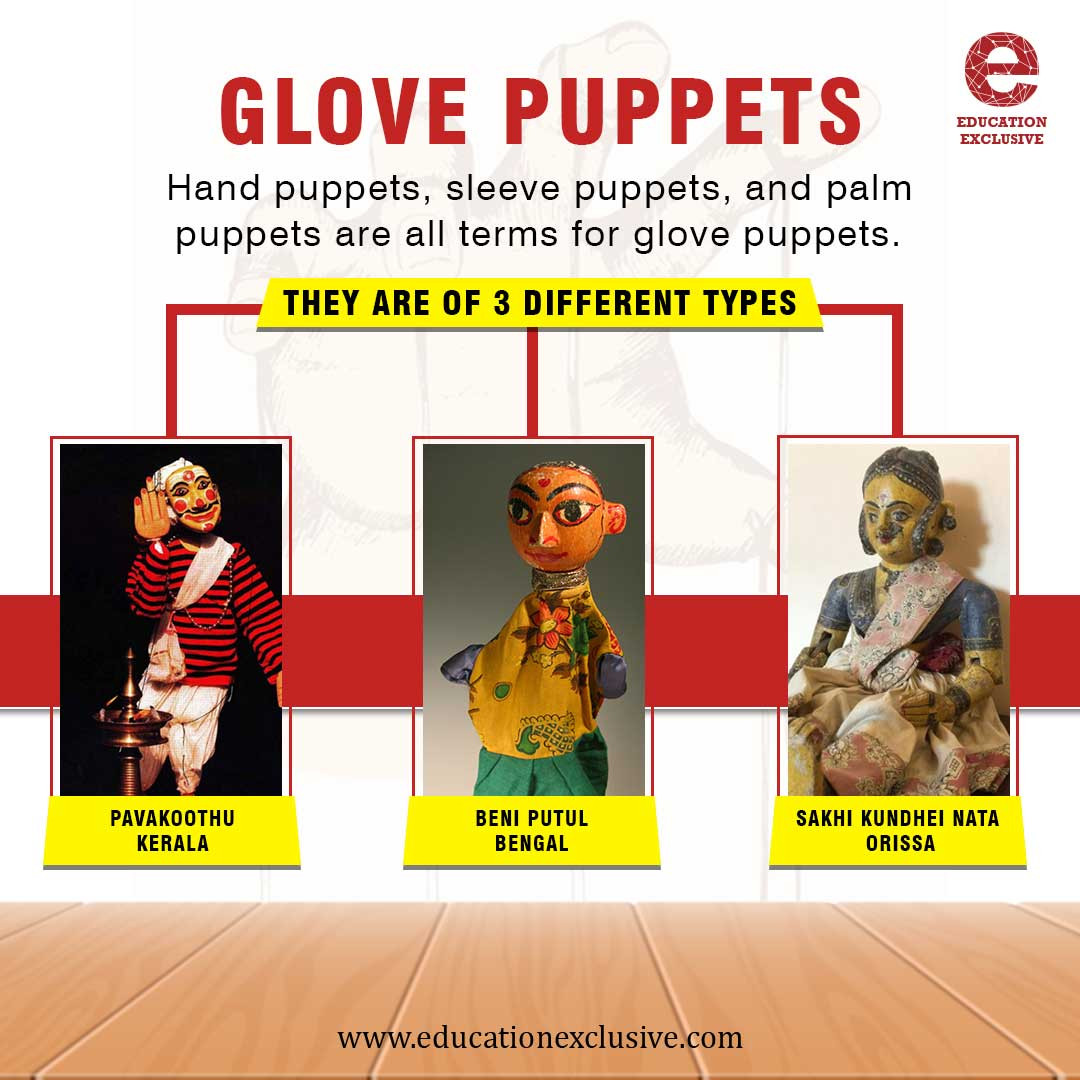

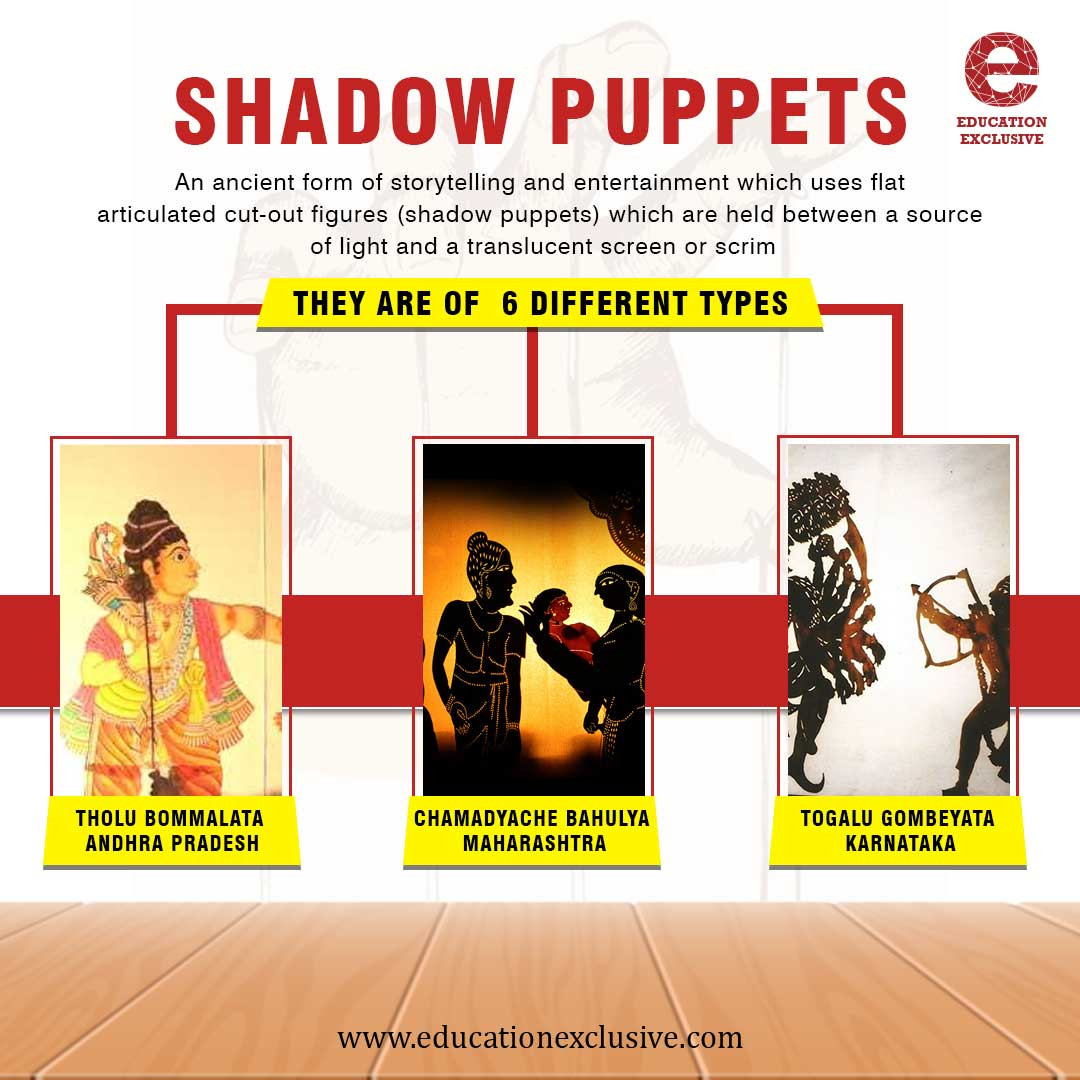
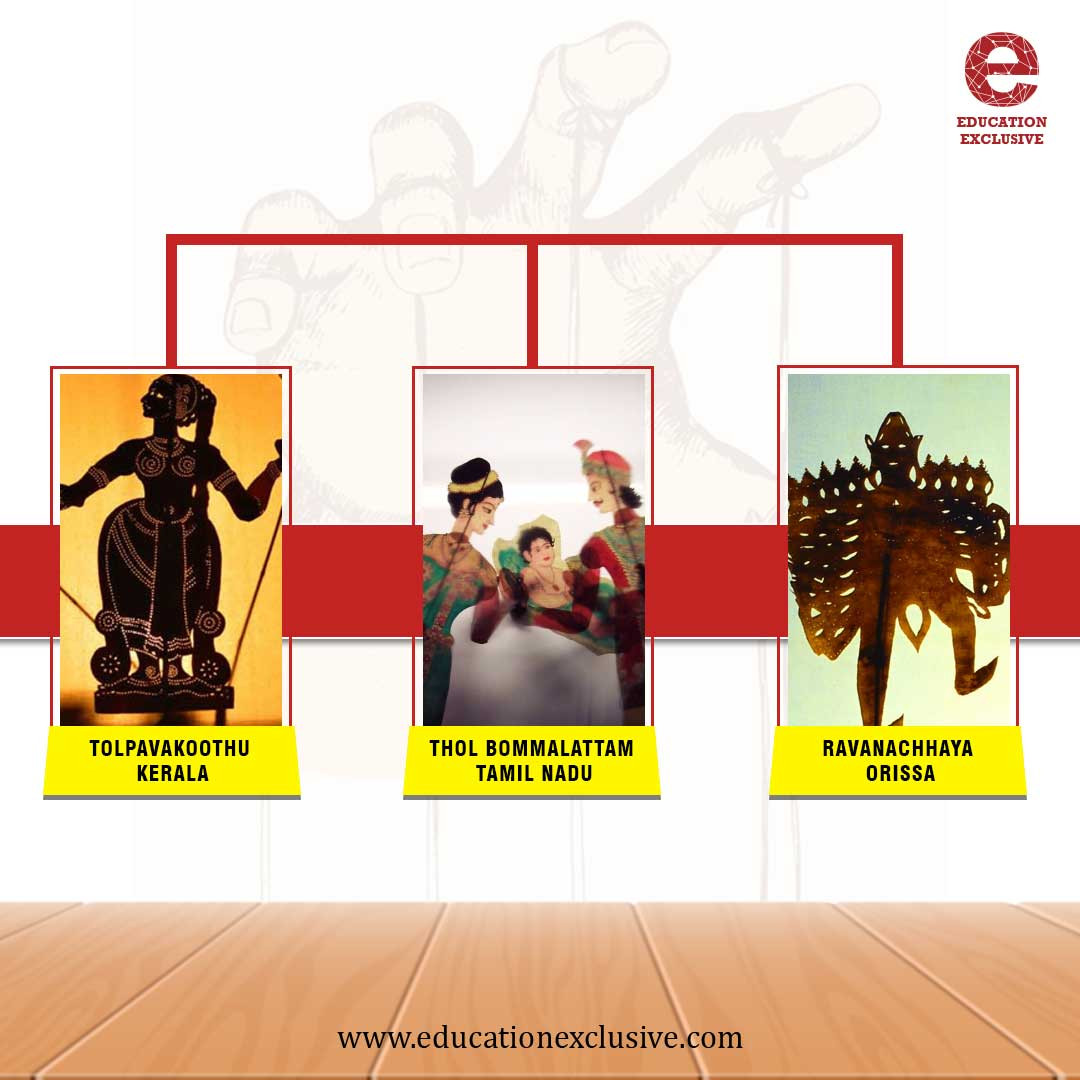
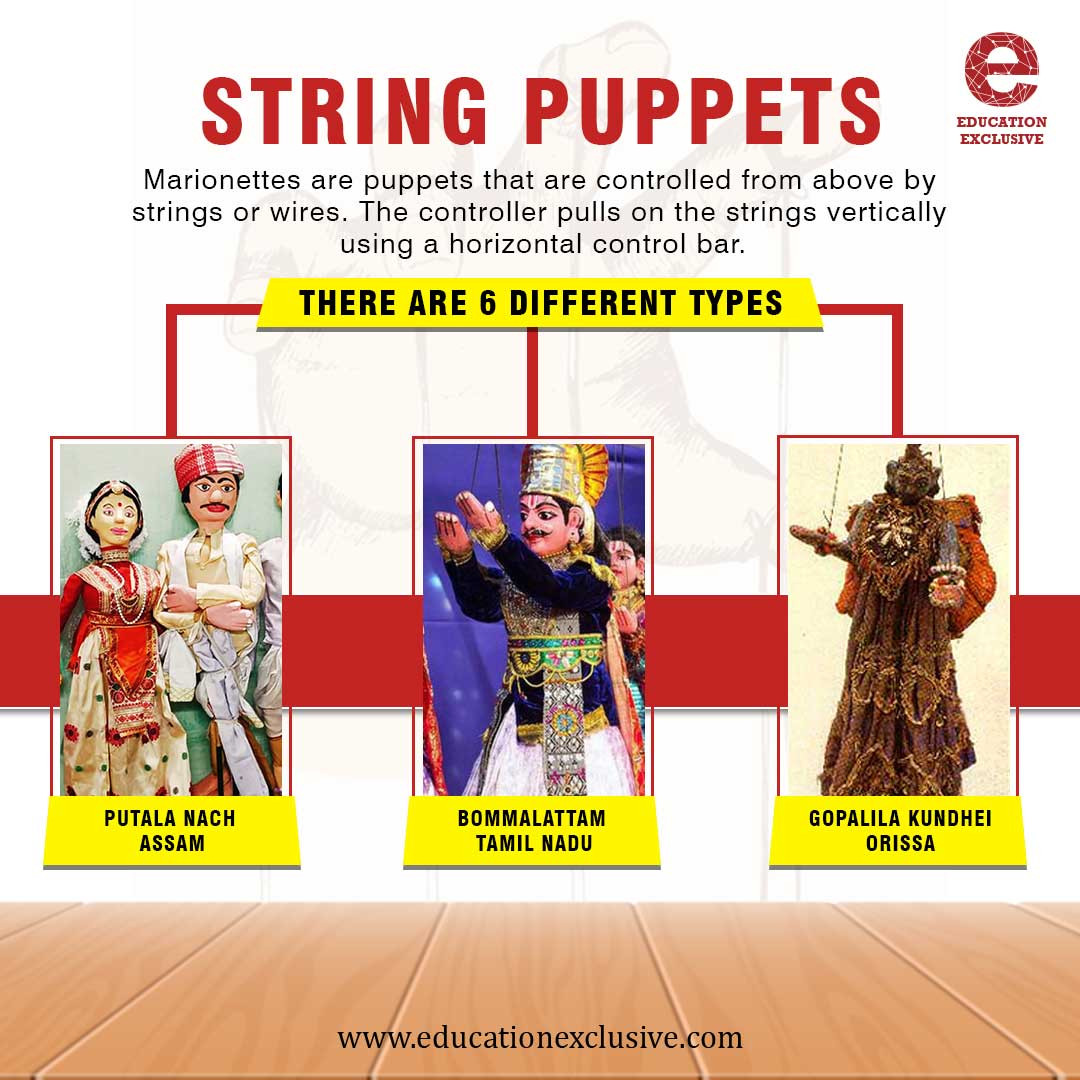
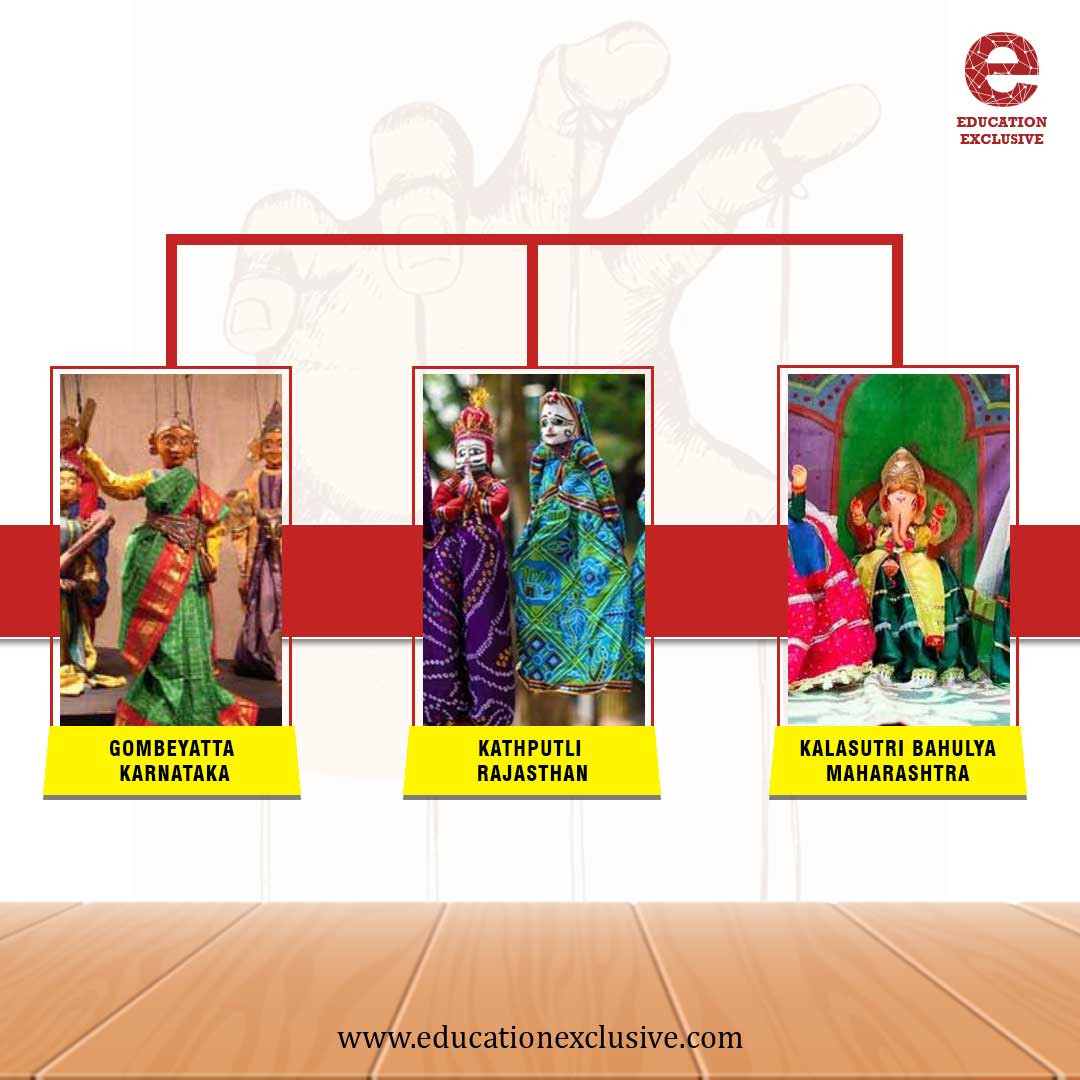
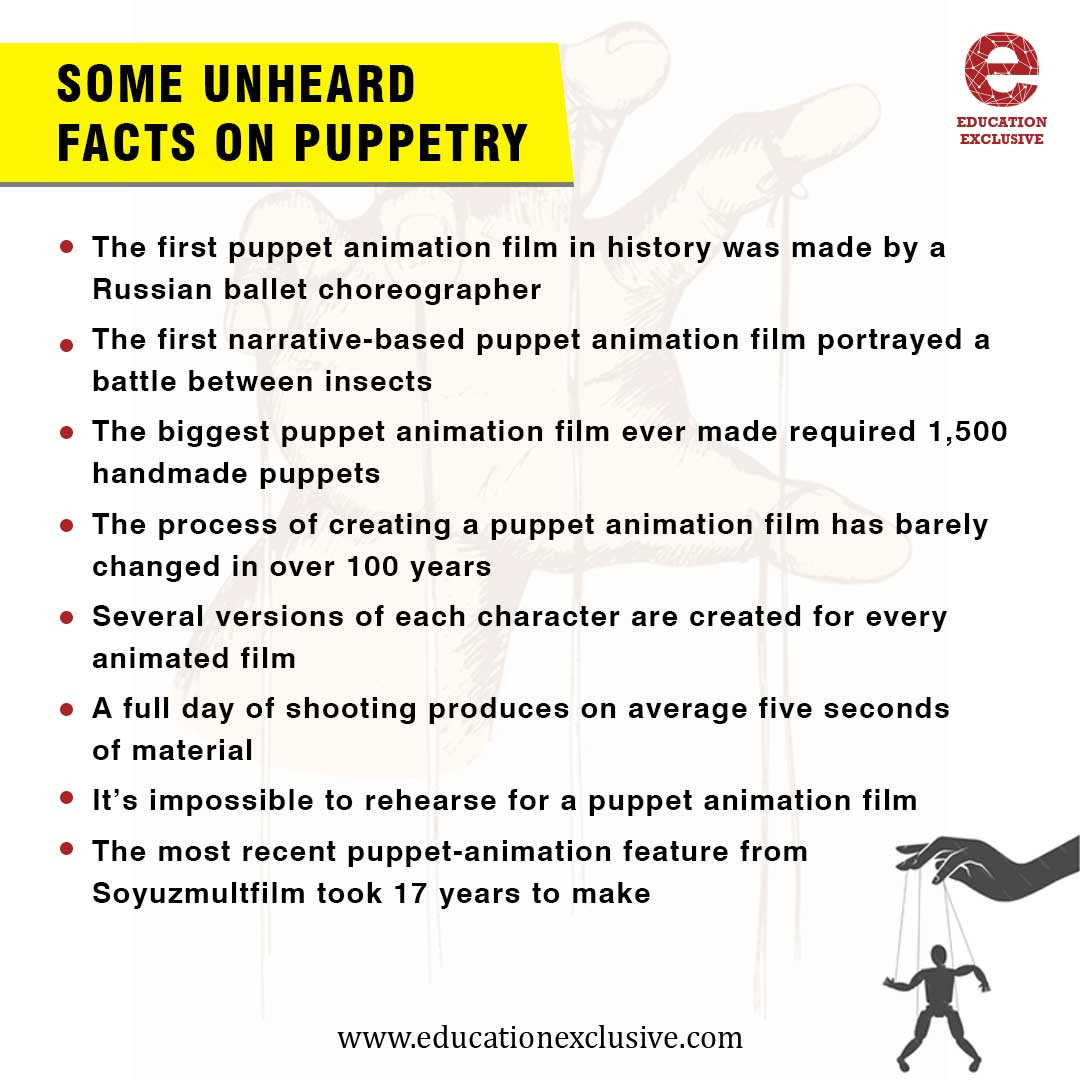
Conclusion: Bringing Dreams to Life

In the tapestry of Indian culture, puppetry stands as a colourful thread, weaving tales of tradition, innovation, and imagination. Aspiring puppeteers embark on a journey of creativity and discovery, guided by the strings of passion and the stories waiting to be told.
"In puppetry, every thread holds a story, and every movement breathes life into the silent."
Thus, if you feel an affinity for puppet theatre, know that the stage is ready, and the puppets are eager to dance. Embrace the craft, discover the potential, and have your dreams fly, for in puppetry, dreams find their voice, and stories find their home.
FAQs
1. What are the various categories of puppets?
Puppets can be clustered into five primary groups, although there are many differences between them in contemporary puppet performances. The main six categories of puppetry are rod puppets, marionettes, hand puppets, shadow puppets, and Bunraku style.
2. Who made the first puppets?
According to experts, puppet shows regarded as an art genre are even older than 3000 years. The best evidence shows that puppets were born in Ancient Egypt. Bone and enamel puppets have been discovered in tombs. And even long before Aristotle and Plato did in 422 B.C., ancient Greek scholars repeatedly mentioned puppets in their writings.
3. Is puppetry a job?
A puppeteer is an entertainment professional who uses puppets to tell stories and engage with audiences. His or her job duties include developing scripts, creating new characters, giving performances, and maintaining puppets.
4. What degree do you need to be a puppeteer?
The Puppet Arts post-graduate education moulds students into accomplished artists with both the depth of knowledge and the skills that enable them to achieve their own creative and professional goals. The Puppet Arts are a singular expression where different disciplines meet.
5. What are the benefits of puppetry in education?
Puppets bring to life children's imagination and promote hands-on activity, creative play and learning. Through them, children can easily spear their creativity, adventure and playfulness. Dancing in class learning alongside puppet play, the puppet play is the very powerful lifeline of early education.
- Puppetry

